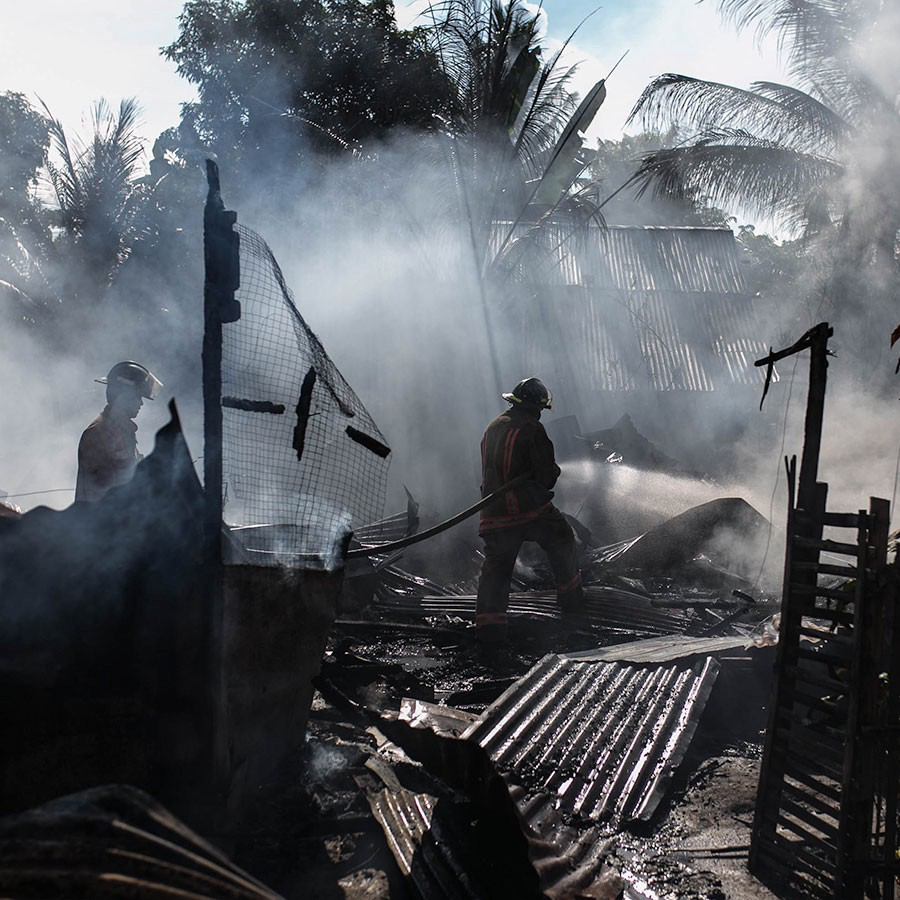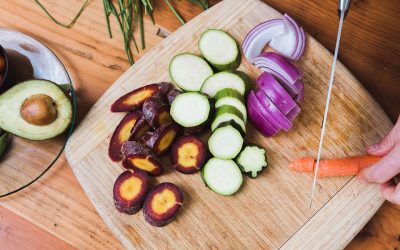A few years ago, a wildfire was raging through the mountains and quickly creeping into my hometown after the winds had shifted direction. The entire town was ordered to evacuate late at night. Living in a fairly remote area in the high desert, I was stressed and anxious — trying to remember everything I needed to pack, not just for my pets or treasured items that might be destroyed, but items for my type 1 diabetes, that I needed to literally save my life. After this harrowing experience, I put together a personal “crisis checklist” of items I need to prepare myself if another natural disaster were to occur without advanced warning.
People with type 1 diabetes are more vulnerable to increased health challenges during emergencies or natural disasters like fires or floods, earthquakes or hurricanes, tornadoes or blizzards — the disruption of a normal routine and limited access to much-needed resources can create chaos and be life-threatening.
Look back to the timeline for medical intervention in recent disasters like Houston after Hurricane Harvey, Puerto Rico after Hurricane Irma. A year later, there are parts of Puerto Rico still without electricity or running water.
When food and water sources are in short supply, blood sugar issues and dehydration are of major concern. If you or someone you care for has diabetes, it is vital to have an emergency plan in place. You will enjoy the peace of mind that you have the readiness to protect yourself and your family when disaster strikes.
Be sure to check your emergency kit every few months to avoid expiration.
Emergency Diabetes Toolkit Assembly
An emergency toolkit is a great preparedness tool to have ready to go at all times. Use a large, waterproof container, and store it in a convenient location in your home (not in a vehicle). Keep all of the following in your kit.
Health and Contact Information Folder
Type and print out your emergency and contact health information to include in a folder for your kit. This will include:
- Type of diabetes that you have
- Generic and brand name(s) of insulin used
- Insulin doses, including basal rates for those on a pump
- All medical conditions, allergies, medications, supplements/vitamins
- Prescription refill and pharmacy contact information
- Primary physician and health care professional contact information
- Copy of health insurance card
- Next of kin or power of attorney
Items to Include in Emergency Diabetes Toolkit
Store the following items in your kit at all times:
- Health & contact information folder (listed above)
- Notepad and pencil/pen
- Diabetes supplies
– Several containers of glucose testing strips
– 1–2 Glucose testing meters
– Batteries for meter
– Lancing device + pokes
– All needed pump supplies
– Batteries for pump
– Syringes or pen needles, even if you are on a pump
– Glucose tabs
– Glucagon pen emergency kit - Small cooler (to use for keeping insulin cool)
- Empty plastic waste bottles or sharp containers
- Hand sanitizer and baby wipes
- First aid kit such as bandages, tissue, cotton swabs, dressings, & topical ointments
- Extra clothing — season appropriate (including undergarments & socks)
- Chargers for ALL electronic devices (phone, diabetes devices, etc.)
- 3–5 day water supply (at least) — 1 gallon per person (drinking, cleaning, sanitation)
- Include non-perishable items like:
– Nuts
– Dried fruit
– Nut butter
– Meal replacement bars
– Meal replacement shakes
– Electrolyte supplements - Include emergency glucose items like:
– Glucose tablets
– Hard candy
– Sugar packets
– Honey
Day Of Evacuation
When you are ready to leave your residence, make sure to take with you:
- Rapid insulin
- Long-acting insulin (even if you are on a pump, in-case of pump failure)
- Frozen gel packs (make sure to always have some in your freezer)
- Cell phone + charger
- Chargers for any other diabetes devices
When you’re dealing with a chronic medical condition like diabetes, diligence and preparation are key.
Discuss with your family ahead of time to choose a designated meeting place in case you are separated from your family/friends, unable to reach them by phone.
This emergency kit is diabetes-related only. Other items like all other RX’s, important supplements/vitamins, lighters, flashlights, candles, plastic utensils, toothbrush, can opener, etc. should also be included.
Want support on how to get an A1c below 6.5%? Dr. Jody offers private calls, online courses, and a monthly education program called The T1D CREW. Learn more here: www.DrJodyND.com.





